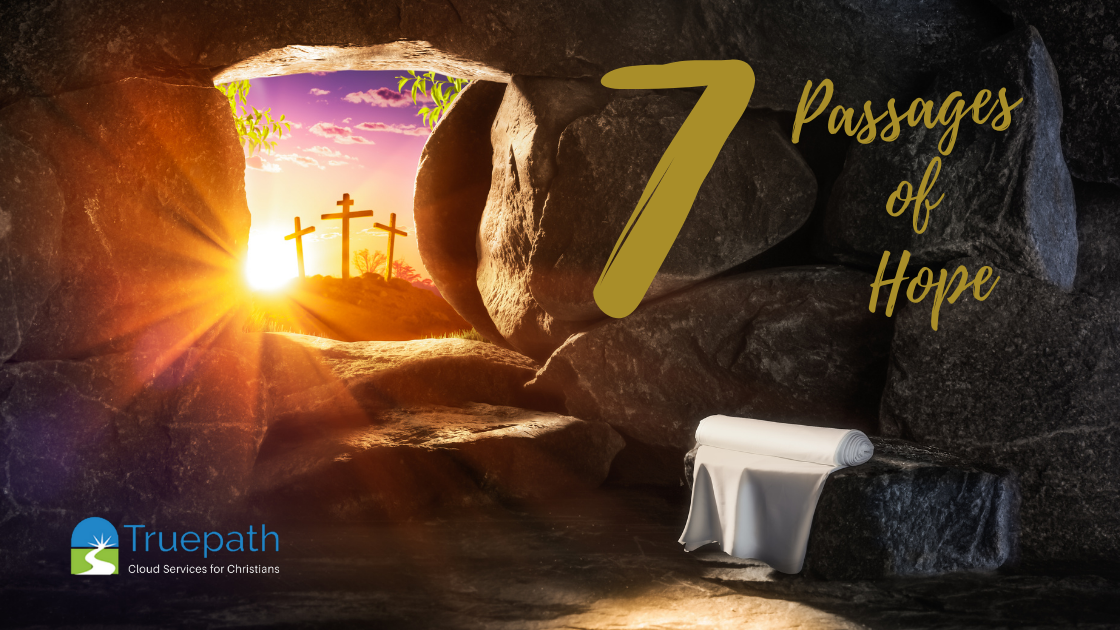Children are a “Gift from the Lord” – but do We Treat them as Such?
It’s a precious truth, often quoted: “Children are a “gift from the Lord.” (Ps. 127:3) And it’s most certainly true !
Unfortunately, there’s another aspect of truth that we must take to heart: instead of being filled with gratitude for these little image-bearers of God, there are many ways we can mishandle the gift.
Here are some common ones:
1. Make children the center of your life — a child-rearing idol
2. Make work the center of your life — an idol of vocation
3. Make anything but God the center of your life — modeling idolatry to your family
4. Be harsh/abusive with your children in words/actions — akin to hate… the seeds of murder
5. Fail to pray with and for your children — unbelief; modeling self-trust to them
Sadly, the list goes on. We could take a separate article to unpack each of those points alone!
Take heart – there is grace…
As we remember how the Gospel applies to us as children — that God treats us, his beloved and redeemed children and image-bearers with great delight and as his partners in the Gospel — we can repent and learn to love and see our children in new ways.
But this goes further. We also need to ask: might there be a systemic approach to “mishandling this gift” in our churches as well?
For instance: many churches, while rightly emphasizing growing and maturing in discipleship, practically assume a posture of “children should be seen (in the other room) and not heard.”
It’s really the adults, they say— the supposedly mature — that should do the work of ministry. One day children will grow up and participate in ministry too. At least, that’s the message that gets sent.
But think about it: was this the posture of the One who called little children to sit on his lap, and even used them as a kind of model that adults should imitate if they would enter the kingdom of God? (see Matt. 18:2–4)
A Radical Idea
No doubt, this statement of Jesus to “become like children” was radical to his hearers; a Greco-Roman culture would’ve surely interpreted it as absolutely backward — even insulting.
But what Jesus meant by holding the child up as an ideal, as scholar D. A. Carson says, was not as a model of “… innocence, purity, or faith,” as we often think, “but of humility and unconcern for social status.”
In other words, as author Jared Kennedy puts it,
“Jesus wants his disciples to be childlike because young kids don’t pretend to have it all together. They poop and cry and get into things. Jesus wanted his team of disciples to see they were just as needy, and he wants us to see it as well.”
So there’s our starting place — neediness. It’s a call for us to empty our hands, instead of touting our record or living for another’s approval. You can’t receive a gift if your hands are full.
But what does this look like, practically?
Partners in Ministry
Kennedy suggests that we start by committing to “valuing children enough to build a relationship with them.” For example, learning their name is powerful, and communicates, “You’re part of this community” and “I was expecting you.”
Further, if we would nurture our children with the same grace we ourselves need, bible lessons must not degenerate into mere downloading of bible facts, or moral lessons that usually amount to: “be like David,” and “don’t be like Jonah.” As if David hadn’t committed adultery and murder along the way, and wasn’t in need of a Savior himself.
In other words, lessons should aim toward seeing the “gospel center” of the passage. Ultimately, we want to be asking, “how is Jesus our true hope?”
Blake Hardcastle summarizes this approach well when he writes,
“A church member doesn’t need seminary training or loads of experience with the Bible to practice these methods. Volunteers, with a little effort, can navigate the four questions:
1. Who in this story needs good news?
2. What is God doing for his people in this story?
3. How does God do the same for us-only better-in Jesus?
4. How does believing this good news change the way we live?
Answering these questions guides the teacher to the key truth of the Scripture passage [which is what we all need]. It will make an impact on young learners by constantly presenting Jesus as he’s revealed in the Word.
This approach is key to understanding and teaching the historical narrative genre which makes up a disproportionate amount of children’s curriculum. You can stop searching for the perfect lesson plans; use the ones you already have and apply Kennedy’s grid to convert them to gospel-centered lessons.”
So what about your church? Has your children’s ministry primarily become a babysitting sitting service, waiting for them to grow up? Or do you actually see them as engaged in ministry with you — right now? What does your website communicate about how you view and minister to kids?
These are important questions if we would model the love of Jesus to our kids.
Want to explore how you might embrace this important move from “child care to soul care?” You can find the article containing many of the above ideas here.
Truepath’s vision is to empower Christian organizations and businesses to take full advantage of their online presence by providing affordable and best-in-class applications and dedicated, live customer support. You can reach us at: (760) 480–8791.



